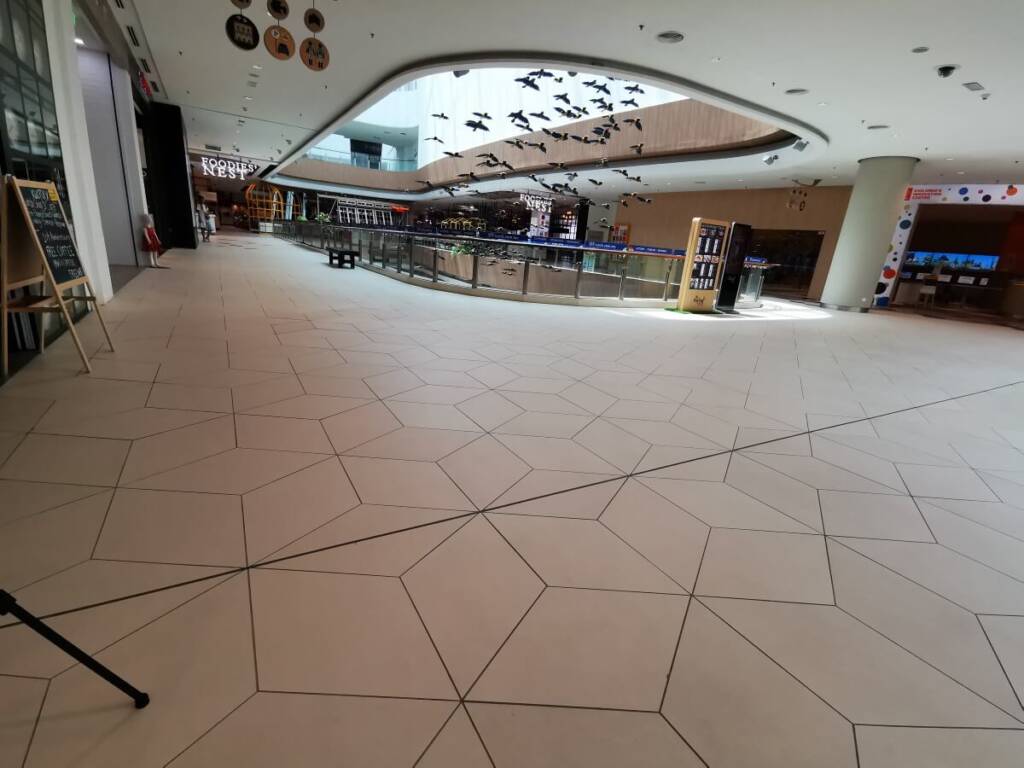In tile installation projects, certain critical components often go unnoticed despite their vital roles.
One such element is tile expansion strips, also known as control strips, which are essential for maintaining the longevity and structural integrity of tiled surfaces.
What Are Tile Expansion Strips?
Expansion strips are flexible inserts placed between tiles or at transition points between different flooring materials.
Their primary function is to create buffer zones that absorb stress due to thermal expansion and contraction, substrate shifts, or structural movements caused by settling or vibrations.
Without these strips, tiles can suffer significant stress, resulting in cracks, tile lifting, or even complete debonding.
Importance of Tile Expansion Strips
Control strips enhance the overall stability and longevity of tile installations by preventing issues like tenting or debonding, conditions where tiles detach from their substrate due to internal stresses.
By allowing controlled movements, these strips help distribute pressures evenly across the surface, significantly reducing the risk of localized damage.

Calculating Flooring Movement
It’s essential to estimate tile and pavement movements from thermal fluctuations, humidity changes, and structural movements accurately.
Movement due to thermal changes can be calculated using a linear coefficient of thermal expansion, typically expressed in millimeters per meter per degree Celsius (mm/m/°C):
- Concrete with gravel: 0.009 – 0.012
- Cement-based mortar: 0.010 – 0.011
- Granite: 0.008 – 0.010
- Marble: 0.004 – 0.006
- Ceramic tiles: 0.004 – 0.008
Example Calculation:
For ceramic tiles experiencing a 40°C temperature fluctuation over a 4.5-meter tile band:
Thermal movement = 0.008 × 40 × 4.5 = 2.16mm total movement.
This calculation represents the cumulative expansion and contraction, ensuring correct spacing of expansion joints.
Expansion Joint Recommendations
Proper spacing of expansion joints is crucial. General industry recommendations include:
- Internal tile installations: stress-relieving joints every 8-10 meters.
- External tile installations: every 4.5 meters.
Sun Synergy typically recommends:
- Internal spaces: 4.5m × 4.5m bays using 6mm wide neoprene strips.
- External spaces: reduced to 3.0m × 3.0m bays using 12mm wide strips.
Choosing the Right Expansion Strips
Premium quality expansion strips can absorb compression and expansion effectively.
Typically, a 12mm joint compresses to approximately 10mm and expands up to 14mm, while a 6mm joint compresses to about 4.75mm and expands to about 7.25mm.
Installation of Expansion Strips
Expansion strips are installed alongside the tile bedding or adhesive application, ensuring a robust anchorage and accurate thickness gauging.
It’s crucial to prepare a clean, level substrate for secure and optimal bonding. High-quality strips require minimal onsite handling beyond cutting to appropriate lengths.

Comprehensive Variety and Quality
Sun Synergy provides tile expansion strips manufactured in aluminium, zinc, stainless steel, and brass, available in two widths.
Neoprene sections come in 6mm or 12mm thicknesses, multiple colors, and a broad range of standard depths from 4mm to 125mm, ensuring precise customization for every project.
Custom solutions are also available upon consultation with Sun Synergy’s technical team, ensuring the ideal match for any specific requirement.
Why Choose Sun Synergy?
Sun Synergy offers an extensive range of expansion strips with unparalleled versatility, quality assurance, and project reliability.
Our solutions are tailored specifically to meet the unique demands of projects throughout Malaysia, supported by expert guidance and outstanding customer service.
For expert consultation and product selection tailored specifically to your project needs, contact Sun Synergy today.
